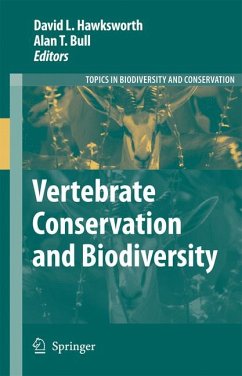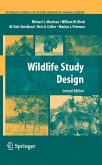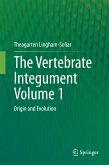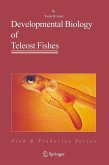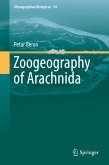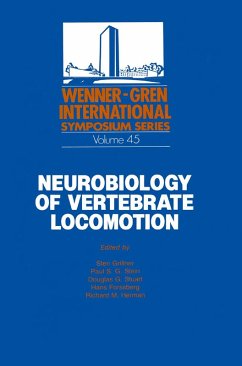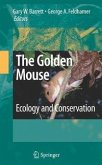The contributions in this volume are drawn from a wide range of countries - from Australasia, East Africa, Europe, and North, Central and South America. Collectively they provide a snap-shot of the types of studies and actions being taken in vertebrate conservation - topical examples that will make the volume especially valuable for use in conservation biology courses.
Reprinted from Biodiversity and Conservation, volume 16:4 (2007)
Dieser Download kann aus rechtlichen Gründen nur mit Rechnungsadresse in A, B, BG, CY, CZ, D, DK, EW, E, FIN, F, GR, HR, H, IRL, I, LT, L, LR, M, NL, PL, P, R, S, SLO, SK ausgeliefert werden.

